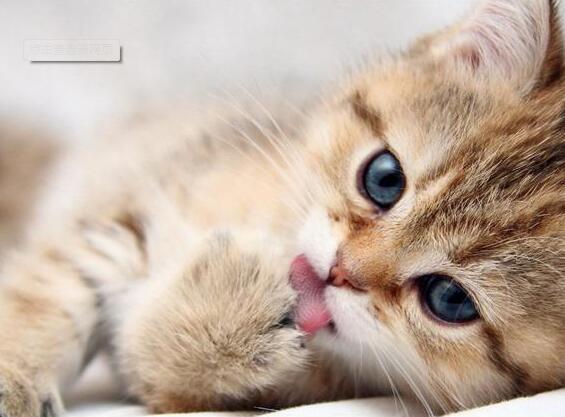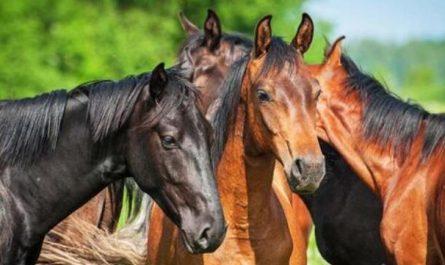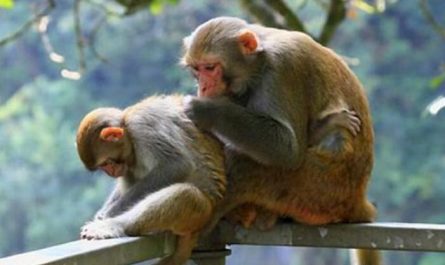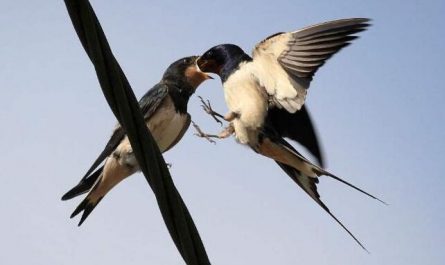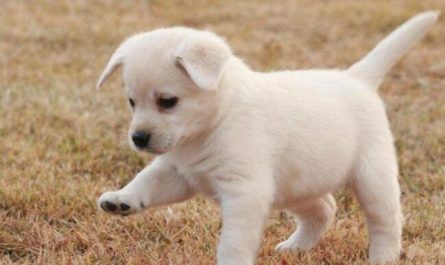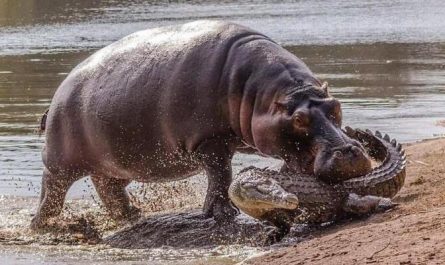Why two-month-old cats will vomit
1. Start with food
After weaning, cats can eat cat food specially formulated for cats after they are three months old. At the same time, in order to improve the nutrition of cats, they can feed cats special canned food and salmon, etc. Of course, if they are not three months old, it is recommended Give your cat Meow Goat Milk Powder, especially one or two months old.
If this is not the case, eat dry cat food all at once, which will inevitably make the cat vomiting because it can’t digest it. In this regard, it is necessary to choose food suitable for cats to eat. In addition, some cats are sensitive in their physique. Therefore, food allergens in the food that are fed to them will trigger cats’ food allergies. Usually allergies occur in things that are not commonly eaten, and the cat will vomit several times a week after the allergy occurs. Times.
2. A cold causes vomiting
When the weather changes, it is the most likely season for cats to catch a cold. It is easy to breed bacteria when it is cold and hot. Therefore, if the cat is not kept warm at this time, once the cat catches a cold and catches a cold, the cat will begin to vomit. .
Therefore, preventing colds is one of the ways to prevent cats from vomiting. At this time, special insulation work should be done during the change of seasons. After bathing the cat in the summer, you should also dry the cat’s body so that it will not get air-conditioned. The room caught a cold again. If the cat has symptoms such as sneezing, coughing, and runny nose in addition to vomiting, give the cat cold granules and mewxine to treat the cold in this area.
3. Gastrointestinal problems
Some cats are indeed weaker than cats. For example, Garfield, regardless of size, is a glass intestine and often vomits. In addition to normal feeding, the cat should be given some meow stomach power from time to time to help promote digestion. .
4. Indigestion
Due to improper feeding by the pet owner, the cat eats too much at once and is too supportive. It is easy to indigestion and vomit. When the cat’s vomit is undigested food, it is likely to be indigestion. Eat for eight hours, during which time prepare clean drinking water for the cat, and feed some meow probiotics to help the cat promote digestion.
5. Parasites
If a two-month-old cat has bloodshot in its stool, or even pulls out the stool that contains a white unknown substance, it is likely to be an internal parasite. However, cats at this stage cannot be dewormed. It is recommended that cats be given some probiotics to regulate their intestines and stomach, and then deworming and vaccinating them when they are three months old.
How to cope with cat vomiting after two months
Coping methods caused by environmental factors: have time to play with the cat, let it eliminate the tension in the heart, remember not to be too frequent. In addition, do not bathe and deworm your cat. Wait until three months later, otherwise it will be easy to get sick. At the same time, give your cat some meow probiotics to improve the intestinal tract and prevent nausea.
Coping methods caused by food factors: Two-month-old cats are suitable to eat some easily digestible foods, such as cat milk powder, nutritious rice noodles, wet cat food, etc. Start with the diet, use milk powder to soak soft cat food, and then Feed slowly and wait until the cat grows up before eating dry cat food. When the cat vomits, in addition to adjusting the diet, you can give the cat some yogurt, and specially add meow probiotics to the food to facilitate the cat’s gastrointestinal digestion.
What to do if kittens vomit when eating cat food
1. Milk powder is the choice for kittens
Two months old cats are still very young. They cannot be fed cat food immediately after weaning. They need to drink semi-liquid foods such as milk powder, millet porridge, rice cereal and so on. Milk powder is recommended for cats. Cat milk powder is a good choice. It can properly supplement the nutrients needed for cats to grow up; cats will not take the initiative to eat. It requires patience to use a bottle like feeding a child; after eating it After that, wipe the residue around the mouth with a paper towel to create a healthy and clean living environment for the cat to reduce the erosion of bacteria. If you give it food that is not easy to digest, it is normal to have indigestion, vomiting, and diarrhea for a while.
2. Give the cat some honey water appropriately
When choosing cat food, you should not buy cat food with too much fat. Try to choose some natural kitten food. Soak it in warm water before feeding and then feed it. You cannot transition from milk powder to cat food at once. Cats are prone to indigestion. Advocate for kittens to eat less and more meals; a little bit of addition is needed to adapt to the cat’s stomach and intestines. You can drink some honey for the cat. The ratio of water to water is 1:2, which can lubricate the intestines and make the indigestible things accumulated in the intestines slowly Digestion, lubricate the intestines to achieve the effect of digestion.
3. Vomiting caused by indigestion
The cat’s intestines and stomach are still delicate; it is recommended to give the cat a full stomach. If the meal is bulging, it is not easy to digest, but if there is already indigestion, first of all, don’t give it to the cat. Eat food for about 8-12 hours. Give your cat some water. You can’t feed dry cat food. Plus, it’s a half pack each time, 5 grams per pack. It can be taken directly after flushing. It can be fed into cat food. Long-term conditioning can speed up the peristalsis of the intestines and effectively solve the vomiting and diarrhea caused by the disturbance of the intestinal flora; to reduce the cat’s vomiting.
